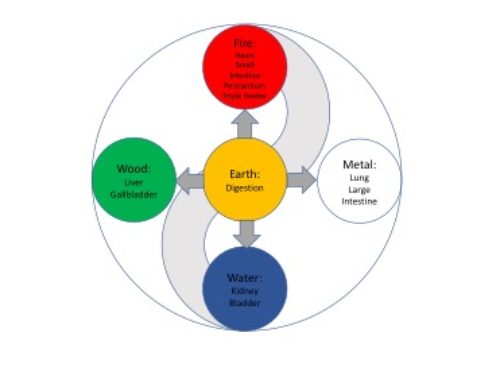Frozen shoulder can be a painful and often debilitating condition. The main visible sign associated with frozen shoulder is a limitation in range of motion and movement. There can be a number of factors in its development:
1) A history of broken or fractured bones in the shoulder or arm that leads to a lack of movement, eventually causing immobilization.
2) Injury to the rotator cuff muscles. These muscle help stabilize the joint and aid in movement. The injury causes the muscle to stiffen.
3) Post surgery trauma usually involves the formation of scare tissue, which can limit movement.
4) Unknown causes
In all of these situations it’s believed that the initial injury eventually leads to inflammation of the capsule surrounding the joint, causing the signs and symptoms associated with frozen shoulder. This condition can be seen in all segments of the population, however, it’s most common in women over the age of forty.
From an East Asian medical perspective the signs and symptoms associated with frozen shoulder can occur from the same or similar causative factors as mentioned above but how these factors affect the joint and the surrounding tissue is different. The injury tends to cause local stagnation or obstruction of Qi (functional energy) and blood, which leads to the limitation in range of motion and pain.
Acupuncture can help decrease the pain and improve range of motion by removing the obstruction or stagnation, loosing the affected muscle and improving circulation. It’s also helping at decreasing inflammation. Along with the acupuncture treatments, tui na, a style of East Asian bodywork that incorporates massage techniques with movement and stretching can be extremely beneficial. The tui na works in conjunction with the acupuncture to speed up the healing process. Please give the office a call if you have any questions or would like to schedule an appointment.
Author:
Derek Kirkham, DAOM, MS, EAMP, LAc. Acupuncturist & clinic director at Glow






Leave A Comment